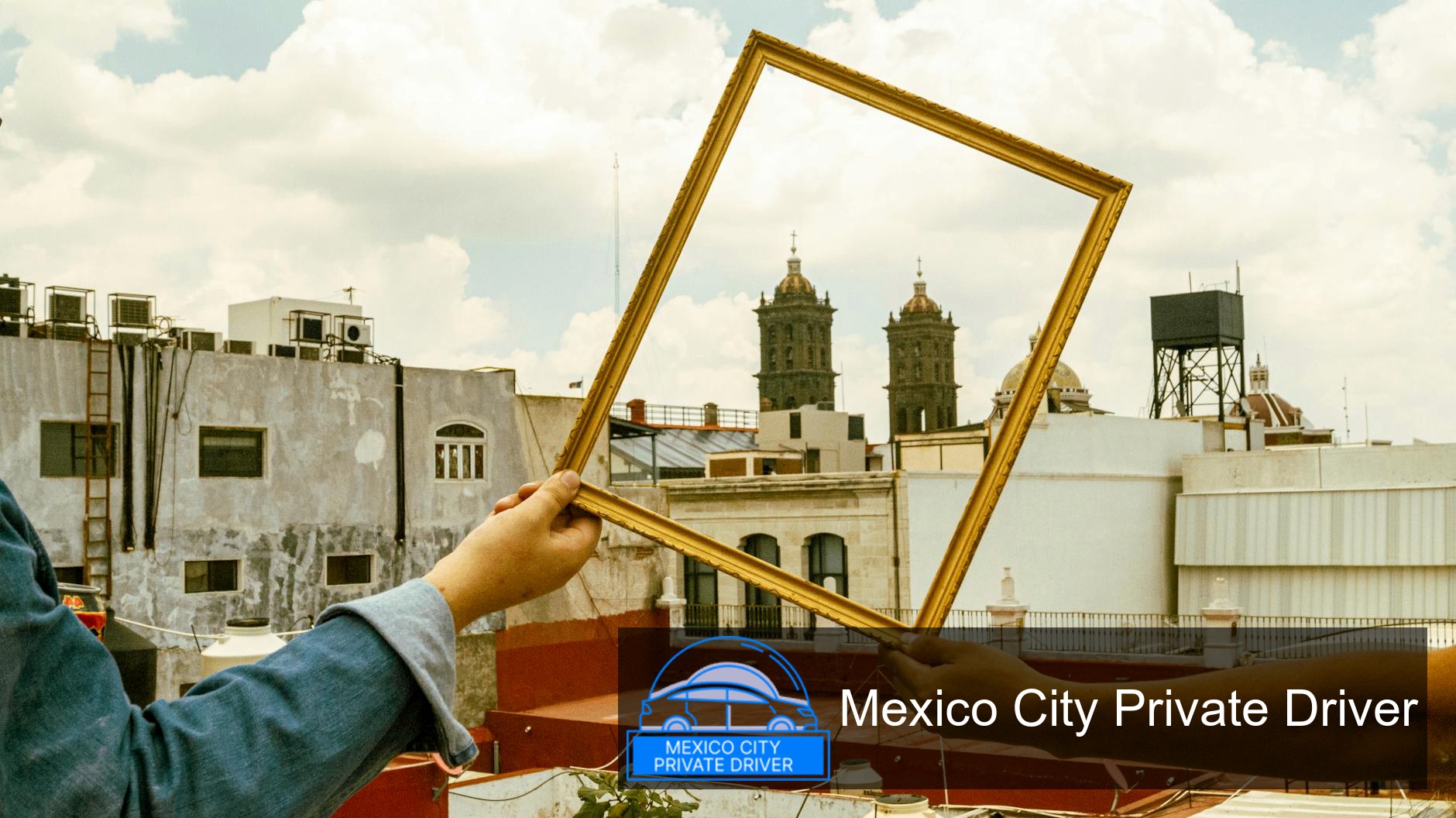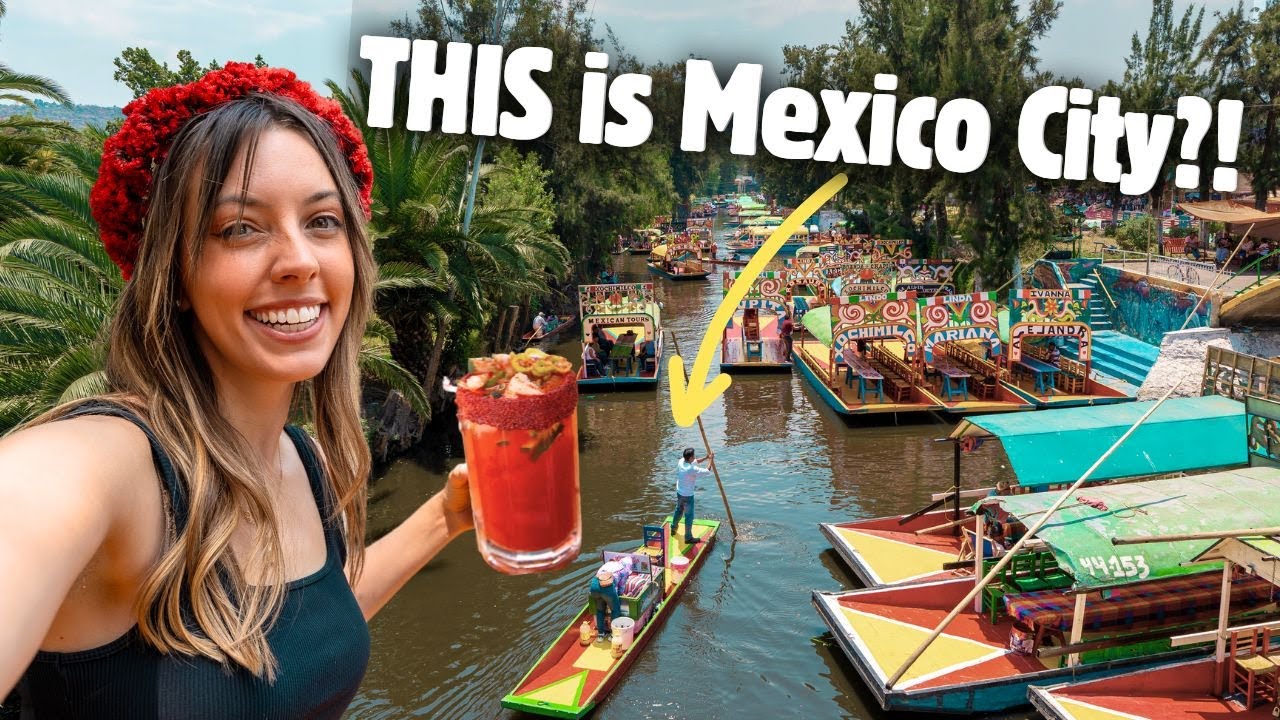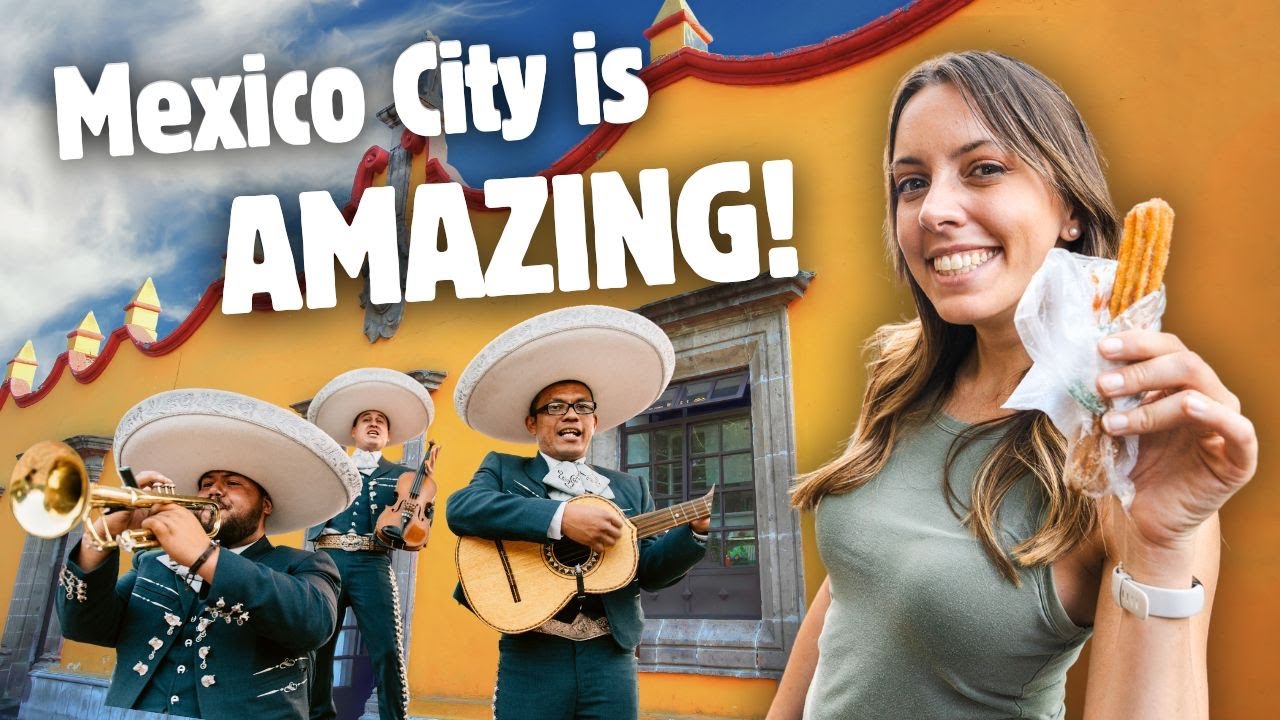TL;DR I’ve spent years studying and visiting Luis Barragán’s work; his Casa-Estudio in Mexico City (built 1948) is a UNESCO-listed masterpiece that fuses modernism with Mexican vernacular — a compact, intensely staged experience of color, light, silence and spatial choreography. Book tickets in advance (minimum age 12), expect an intimate, guided visit, and bring time to sit in the courtyard and absorb the interplay of walls, water and sky. I’ll explain why the house matters, what to look for, how to visit, and answer common questions.
Casa Estudio Luis Barragán Mexico City: Explore the Architectural Masterpiece and Its Timeless Design
I first encountered Casa-Estudio Luis Barragán as a young architect hungry for lessons about restraint and atmosphere. That initial visit — climbing the modest stair, stepping into a sunlit courtyard, and feeling the particular hush of its walls — taught me things that no textbook could: how a single plane of colored wall or a carefully placed window can reorder movement and emotion. Over the years I’ve returned, read UNESCO documents, and compared Barragán’s language across his works; here I share that accumulated insight and practical advice.
Why Casa-Estudio Matters
Casa-Estudio Luis Barragán (1948) is widely recognized as one of the most important modern domestic works of the 20th century. UNESCO inscribed the house and studio on the World Heritage List in 2004, calling it “an outstanding example of the architect’s creative work” and noting its synthesis of modern movement principles with traditional and vernacular elements (UNESCO World Heritage Centre).
What makes the house extraordinary isn’t grand scale or ornament — it’s Barragán’s control of atmosphere. He treated architecture as a sequence of orchestrated scenes: each door, wall, courtyard and stair produces a carefully timed revelation. The Barragán Foundation and architectural commentators describe the experience as “sensuous” and intentionally emotional; the plan is rational, but the experience is poetic (Barragán Foundation; ArchDaily).
Key Design Features to Observe
1. Color as Structure
Barragán didn’t use color as decoration — he used it as an armature. Vivid pinks, yellows and ochres define planes, frame views and modulate light. In the Mexico City house, color organizes space the way a column or beam would in a conventional modern building: it gives scale and emphasis to movement.
2. Light and Shadow
The house is a study in manipulating daylight: deep openings, clerestories and courtyards allow shafts of light to model surfaces and alter perception throughout the day. The choreography of light makes ephemeral moments feel like deliberate elements of design.
3. Composed Views and Sequence
Barragán designed the house as a sequence of scenes. You move from enclosed privacy to a luminous courtyard to a restrained studio terrace; each space frames the next. The spatial sequencing is both intimate and theatrical.
4. Integration of Water and Greenery
Small reflective pools and carefully placed plants punctuate spaces, adding coolness and sound. Water in Barragán’s work acts like a slow, living mirror that deepens the sensory experience.
5. Modernism Reconciled with Mexican Traditions
Barragán trained as both architect and engineer, and his work reconciles rational modern organization with vernacular Mexican typologies: courtyards, masonry walls, and restrained ornament. UNESCO and the Casa’s own materials emphasize this synthesis — part of the reason the site received the World Heritage designation (Casa Luis Barragán site; UNESCO).
Architectural and Cultural Context
Luis Ramiro Barragán Morfín (1902–1988) was a Mexican architect and engineer who began his practice in Guadalajara and later worked from Mexico City. Unlike some Mexican contemporaries who pursued public commissions, much of Barragán’s legacy consists of private residences and select public works; his influence, however, has been global (Mexico City official guide).
Casa-Estudio is the house where Barragán lived and worked until his death. It’s been preserved with fidelity to how he inhabited it; the museum includes both residence and studio and remains one of Mexico City’s most visited architecture sites (Casa Luis Barragán official site).
What You Experience in the House
- Intimacy: Small rooms and carefully proportioned thresholds create a private, contemplative atmosphere.
- Contrasts: Abrupt shifts from dim corridors to sunlit patios intensify perception.
- Material restraint: Smooth plaster walls, concrete slabs, and restrained finishes focus attention on light, color and geometry.
- Spatial surprises: Hidden vistas, alcoves and terraces that feel larger than their footprint.
Comparing Barragán’s Works (quick reference)
| Attribute | Casa-Estudio (Mexico City) | Casa Gilardi | Torres de Satélite |
|---|---|---|---|
| Year (original completion) | 1948 | 1976 | 1957 |
| Type | Private residence + studio (museum) | Private residence | Public sculptural landmark |
| UNESCO/World Heritage | Inscribed (2004) — part of Barragán’s masterwork | Not UNESCO-listed individually | Not UNESCO-listed |
| Signature element | Court sequence, colored walls, intimate scale | Vivid color, interplay with a jacaranda tree and pool | Monumental colored towers in the urban landscape |
Preservation and Why It Was Inscribed by UNESCO
UNESCO recognized the house as “an outstanding example” of Barragán’s post-WWII creativity. The designation highlights how the house integrates diverse artistic and philosophical currents into a new synthesis and how its conservation preserves a unique domestic modernism that influenced generations of architects (UNESCO).
The house is conserved faithfully — the rooms, furniture and studio remain as Barragán left them, which turns every visit into both an architectural and archival encounter (Casa Luis Barragán site).
Practical Guide
I always recommend planning carefully. The museum is small, visits are controlled, and the experience rewards patience. Here’s a step-by-step practical guide based on the museum’s policies and my visits.
- Book tickets in advance. Tickets must be purchased online through the official Casa Luis Barragán site; admission is not guaranteed without a prior reservation and availability is limited (Casa Luis Barragán visitor information).
- Note the minimum age. The museum enforces a strict minimum visiting age of 12 years — no exceptions.
- Check opening hours and bookstore times. The on-site bookstore has separate hours (e.g., weekdays 11:00–17:00, Saturday mornings); you can visit the bookstore without a museum ticket (Casa Luis Barragán information).
- Plan your route and transport. The address is General Francisco Ramírez 12, Col. Ampliación Daniel Garza. Nearby transit options include Constituyentes metro (Line 7) and the Parque Lira Metrobús station (Line 2); there’s also an Ecobici station close by (Casa Luis Barragán visitor pages).
- Arrive early and allow time to sit. Visits are typically guided and relatively short; arrive early to acclimate and spend a few quiet minutes in the courtyard to absorb the light, color and sound.
- Contact the museum for specific questions. For questions beyond posted information — accessibility, photography policy, group visits — contact the museum at [email protected] or by phone; expect a 2–4 business day response window according to the official site.
- Respect the rules. The house’s scale and fragility mean strict visitor conduct: follow the guide’s instructions, avoid touch, and keep low noise levels to preserve the atmosphere for everyone.
How to Read the House: A Short Viewing Checklist
- Notice transitions: how thresholds change scale and brightness.
- Observe how color defines direction and focus.
- Listen: water and silence are part of the composition.
- Pay attention to framing: windows often crop views like photographs.
- Consider the plan as a series of tableaux rather than a linear sequence.
My Personal Takeaways
What I find most valuable about Casa-Estudio is how it teaches restraint. Barragán shows that fewer elements — chosen with care and placed with conviction — produce a richer human response than many gestures. The house is not merely aesthetic; it’s an argument for architecture that attends to memory, silence and the inner life.
FAQs
Do I need to buy tickets in advance?
Yes. The Casa Luis Barragán requires advance ticket purchases through its official site; walk-in access is not guaranteed because tickets are strictly subject to availability (official visitor information).
What is the minimum age to visit?
The museum enforces a minimum visiting age of 12 years with no exceptions.
Is photography allowed inside the house?
The official visitor pages emphasize strict admission rules but do not provide a clear, universal photography statement in the extracts I reviewed. I recommend checking the ticket confirmation or contacting [email protected] to confirm the current photography policy before your visit.
How long should I plan for a visit?
Guided visits tend to be compact (typically under an hour), but I suggest allocating 1.5–2 hours to include time for the bookstore, a slow walk through the sequence of spaces, and a quiet moment in the courtyard.
Is Casa-Estudio wheelchair accessible?
The texts I reviewed do not provide definitive information on current accessibility provisions. For accurate, up-to-date details about wheelchair access and accommodations, contact the museum directly at [email protected] or call the phone numbers provided on the official site.
Can I visit the bookstore without buying a museum ticket?
Yes. The museum notes that the bookstore is open during set hours and can be visited independently without a museum ticket; check the bookstore schedule before you go (Casa Luis Barragán visitor information).
Where is the house located and how do I get there via public transport?
The address is General Francisco Ramírez 12, Col. Ampliación Daniel Garza, Mexico City. Nearby options include Constituyentes metro station (Line 7) and the Parque Lira Metrobús station (Line 2). There is also an Ecobici station nearby for bike rentals (official visitor pages).
Further Reading and Sources
If you want to deep-dive: read the UNESCO World Heritage entry for the house for the formal statement of significance; the official Casa Luis Barragán website contains visitor rules, ticketing and contact info; the Barragán Foundation and architectural journals like ArchDaily provide critical essays and rich visual documentation.
Final Thoughts
Casa-Estudio Luis Barragán is a lesson in the emotional power of architectonic restraint. When I return, I still discover small calibrations — a shadow I hadn’t noticed, a new alignment of color and light — that remind me why the house matters beyond its fame. If you go, prepare to be quiet, present and observant. This is a house that rewards contemplation.
Martin Weidemann is a digital transformation expert and entrepreneur with over 20 years of experience leading fintech and innovation projects. As a LinkedIn Top Voice in Digital Transformation and contributor to outlets like Forbes, he now brings that same expertise to travel and mobility in Mexico City through Mexico-City-Private-Driver.com. His focus: trustworthy service, local insights, and peace of mind for travelers.



